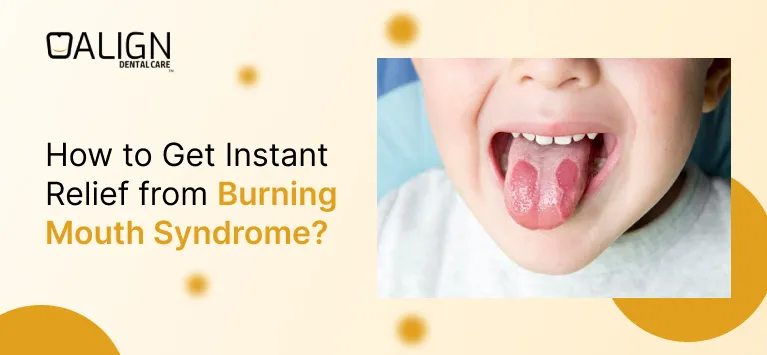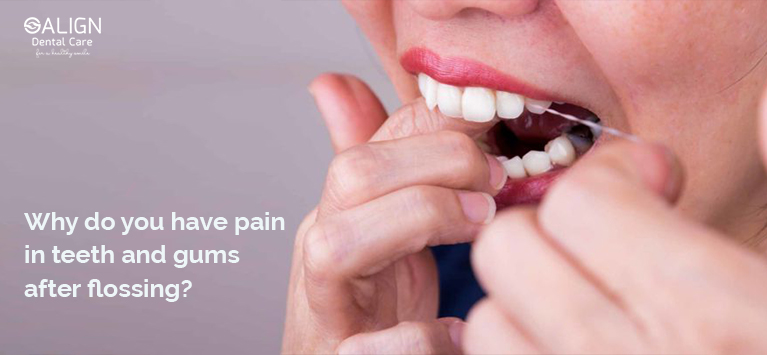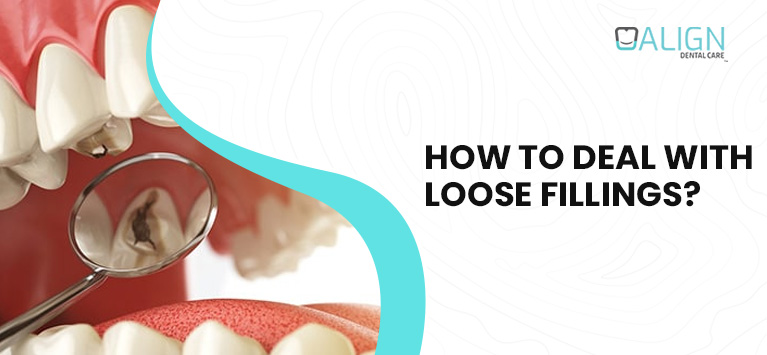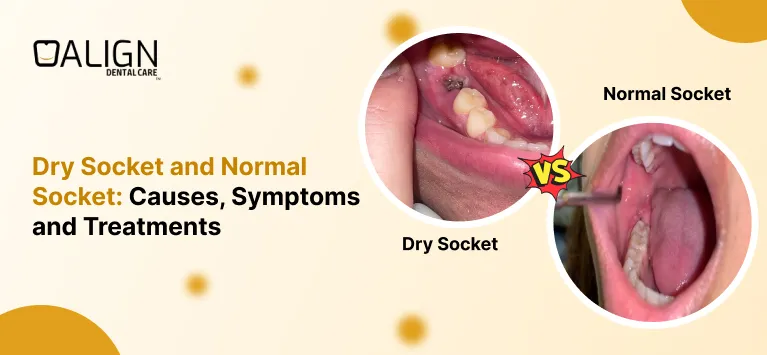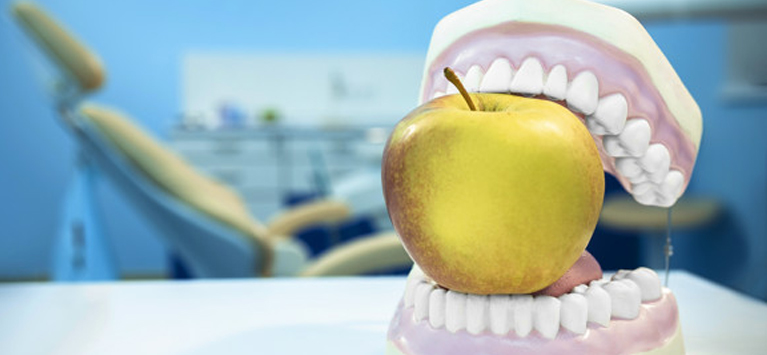
Red Spots on Roof of Mouth: Causes, Symptoms, and Treatment
Red spots on the roof of your mouth can be a bit worrying, but they are quite common. These spots can show up as tiny dots or larger patches and might hurt or feel fine. It’s important to know what might be causing them, whether it’s an infection, irritation, or something else. In this blog, we’ll take a look at what red spots could mean, what causes them, and how to treat them.
Table of Contents
What Are Red Spots on the Roof of the Mouth?
Red spots on the roof of the mouth can appear as tiny red dots, scars, or patches. They may be painless, but in some cases, they’re accompanied by soreness, swelling, or discomfort. While red spots might be harmless and go away on their own, they can also indicate infections, allergies, or even a response to irritation.
Red Spots on Roof of Mouth Pictures
Here are some pictures of red spots on roof of mouth:


Symptoms
In addition to red spots, other symptoms can give clues about the cause:
- Pain or Soreness: Some red spots are painful, especially if caused by infections or irritation.
- Swelling or Blisters: Red spots may be accompanied by swelling or small blisters, indicating possible allergies or infections.
- Persistent Spots: Red spots lasting over two weeks might indicate a more serious underlying issue.
What Causes Red Spots on Roof of Mouth?
The most common causes include infections, environmental factors, and some underlying health conditions.
Infectious Causes
Viral Infections: Cold sores (herpes simplex virus) and canker sores often cause red spots or sores in the mouth.
Bacterial Infections: Bacterial infections like strep throat may cause red spots and require antibiotics.
Fungal Infections: Oral thrush, a fungal infection, can lead to red and white patches in the mouth.
Autoimmune and Systemic Causes
Oral Lichen Planus: An autoimmune condition that leads to red or white lacy patches in the mouth.
Blood Disorders: Conditions like leukemia can cause red spots due to reduced blood platelets, leading to bleeding in the mouth.
Kawasaki Disease: A rare but serious condition, especially in children, that causes red spots along with other symptoms like fever and swollen lymph nodes.
Mouth ulcers (canker sores): Often associated with the immune response and may be triggered by factors like stress, certain foods, or underlying health conditions.
Environmental Causes
Allergic Reactions: Foods, mouthwashes, or toothpaste ingredients can cause allergic reactions, leading to red spots.
Injury or Irritation: Hot foods, hard foods, or using a hard-bristled toothbrush can cause small injuries, resulting in red spots.
Smoking or Tobacco Use: Tobacco can irritate the mouth’s soft tissues and is a significant risk factor for erythroplakia, which may present as red spots or patches in the oral cavity.
What Does an Infection on the Roof of the Mouth Look Like?
Infections in the mouth may appear as red or white spots, small blisters, or patches. They are often accompanied by symptoms like swelling, pain, and sometimes a burning sensation. Viral infections like cold sores or bacterial infections like strep throat are often marked by clear red spots with or without pain.
How Do I Get Rid of Red Spots on the Roof of My Mouth?
Treatment depends on the cause.
- For Infections: Viral infections often clear on their own, while bacterial infections like strep throat need antibiotics. Oral thrush (fungal infection) requires antifungal medication.
- For Allergies: Avoiding known triggers and using antihistamines can help with allergic reactions.
- For Minor Injuries: Rinsing with salt water can soothe the area, and avoiding hot or spicy foods allows it to heal faster.
Home Remedies to Soothe Red Spots
Here are a few easy, at-home remedies that might help relieve discomfort:
- Saltwater Rinse: Mix a teaspoon of salt with warm water, swish for 30 seconds, and spit out. This can soothe inflammation and help with healing.
- Cold Compress: Applying a cold pack to the outside of your mouth may reduce pain and swelling.
- Honey: Known for its natural antibacterial properties, a little honey applied to the area may offer soothing relief.
- Avoid Hot or Spicy Foods: These can irritate red spots and make them more painful.
Diagnosis
If red spots persist, a healthcare provider may:
- Perform a physical examination and check for symptoms like swelling, soreness, or any unusual changes.
- Order a swab test or culture if an infection is suspected, which can identify bacteria, viruses, or fungi.
- Suggest blood tests if a systemic condition like a blood disorder is suspected.
Treatment
Treatment for red spots varies based on the diagnosis.
- Medications: Antibiotics for bacterial infections, antifungals for thrush, or antivirals for cold sores.
- Lifestyle Adjustments: Avoiding spicy foods, using a soft-bristled toothbrush, and drinking plenty of water can prevent further irritation.
- Topical Treatments: Over-the-counter ointments or mouth rinses can reduce pain and inflammation.
How Can Red Spots on Roof of Mouth Be Prevented?
- Good Oral Hygiene: Brushing and flossing regularly can reduce bacteria buildup.
- Stay Hydrated: Drink water throughout the day to keep your mouth moist and prevent irritation.
- Use Mild Dental Products: Choose toothpaste and mouthwash with gentle ingredients if you have sensitive gums or experience frequent irritation.
- Avoid Known Allergens: If you have food allergies, avoid those items and check product labels to prevent reactions.
When to Contact a Healthcare Provider
Seek medical advice if:
- Red spots persist for more than two weeks.
- You experience significant pain, swelling, or difficulty swallowing.
- The spots reoccur frequently or are accompanied by symptoms like fever, weight loss, or fatigue.
Conclusion
In simple terms, red spots on the roof of your mouth can happen for many reasons, and most of the time, they aren’t severe. However, if they last too long or hurt a lot, it’s wise to check with a doctor. Keeping your mouth clean and being careful with what you eat can help avoid these spots. If you’re ever worried about your mouth, don’t hesitate to talk to your dentist for advice!






